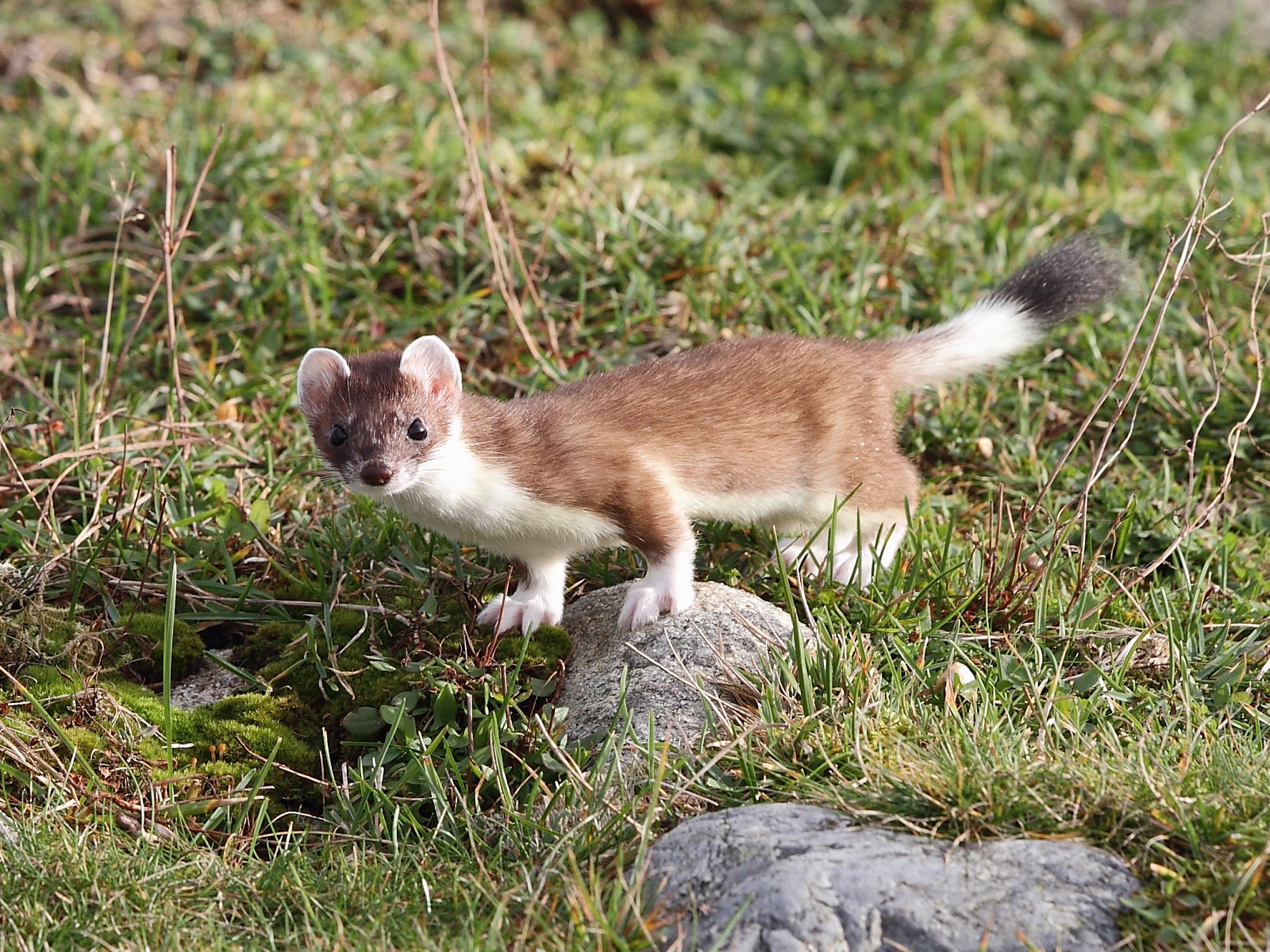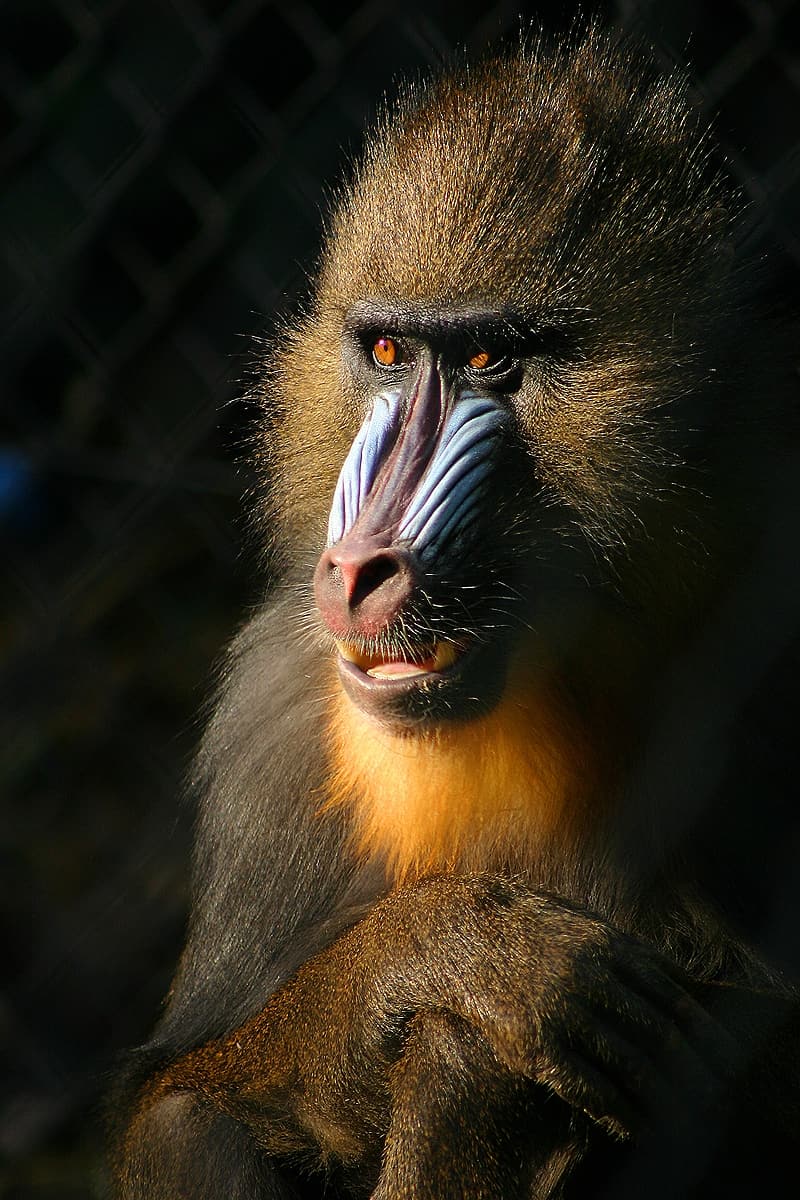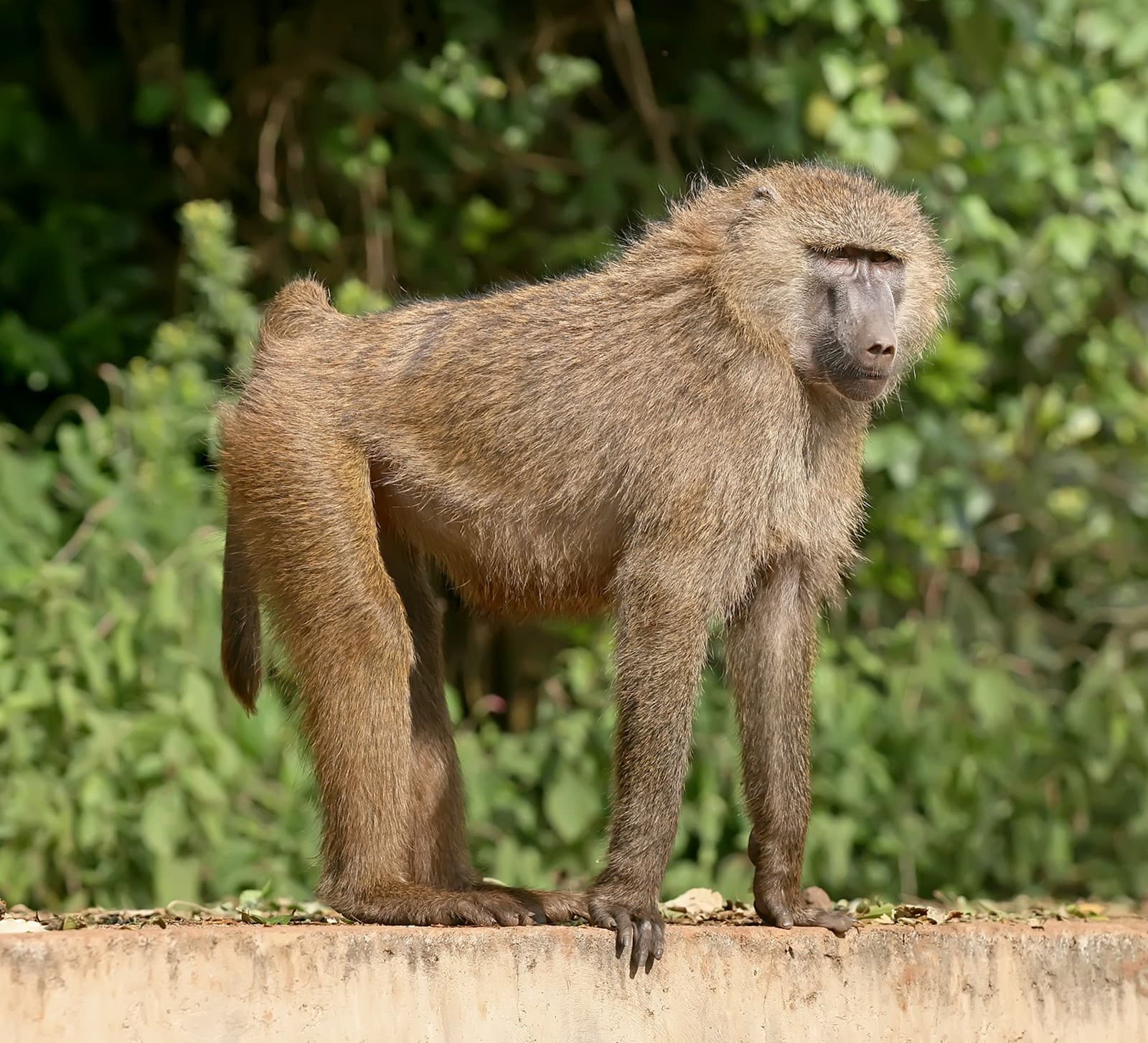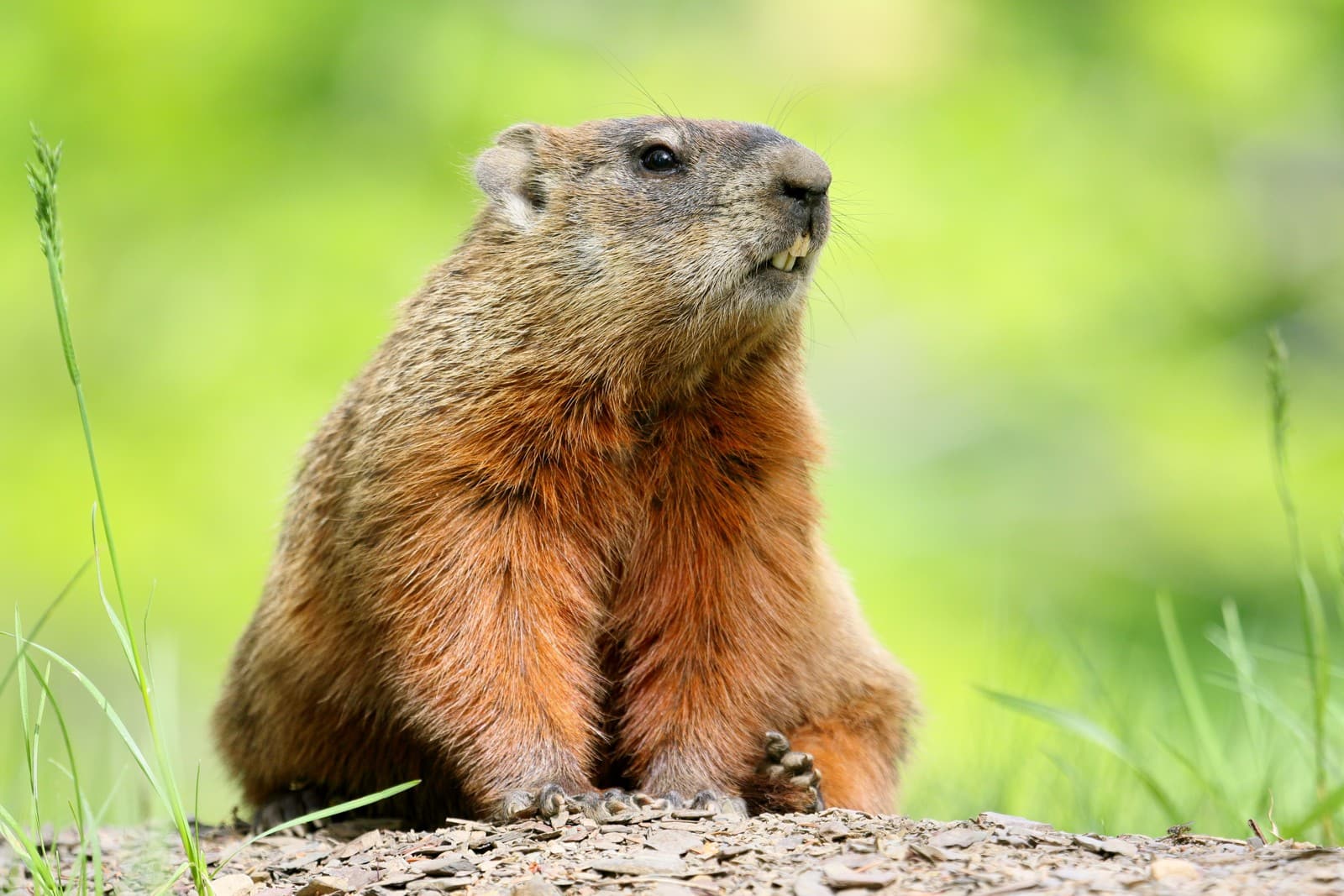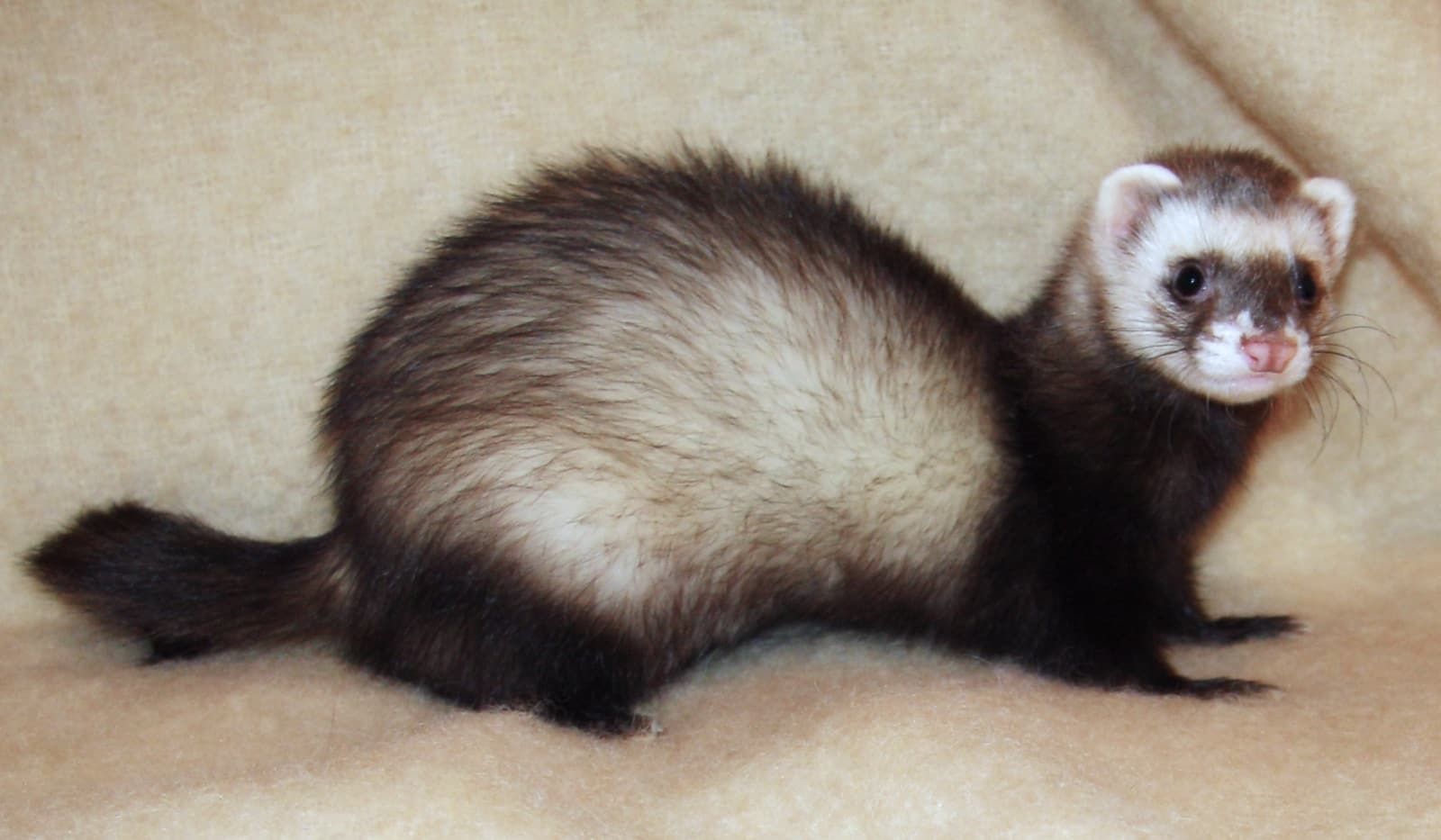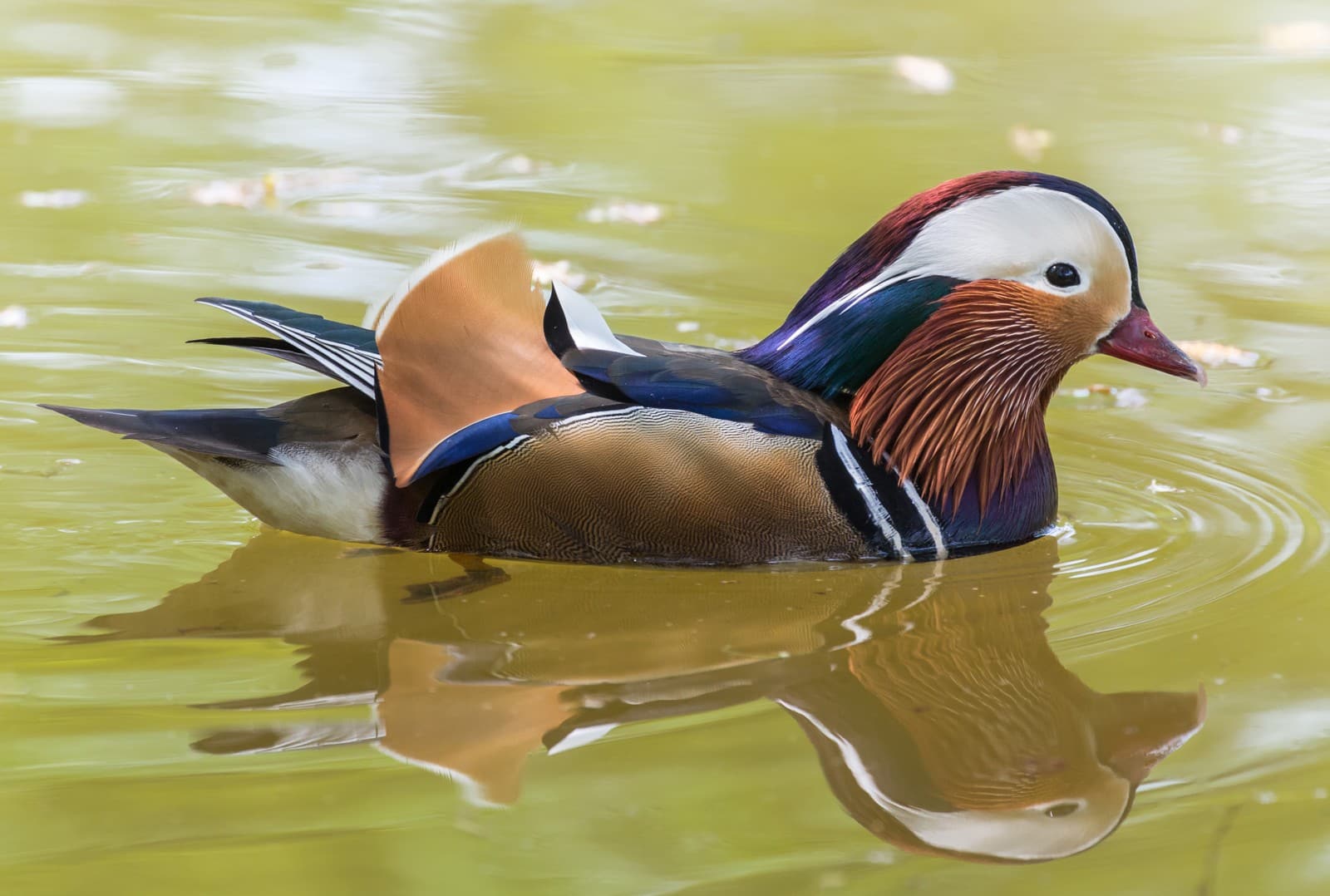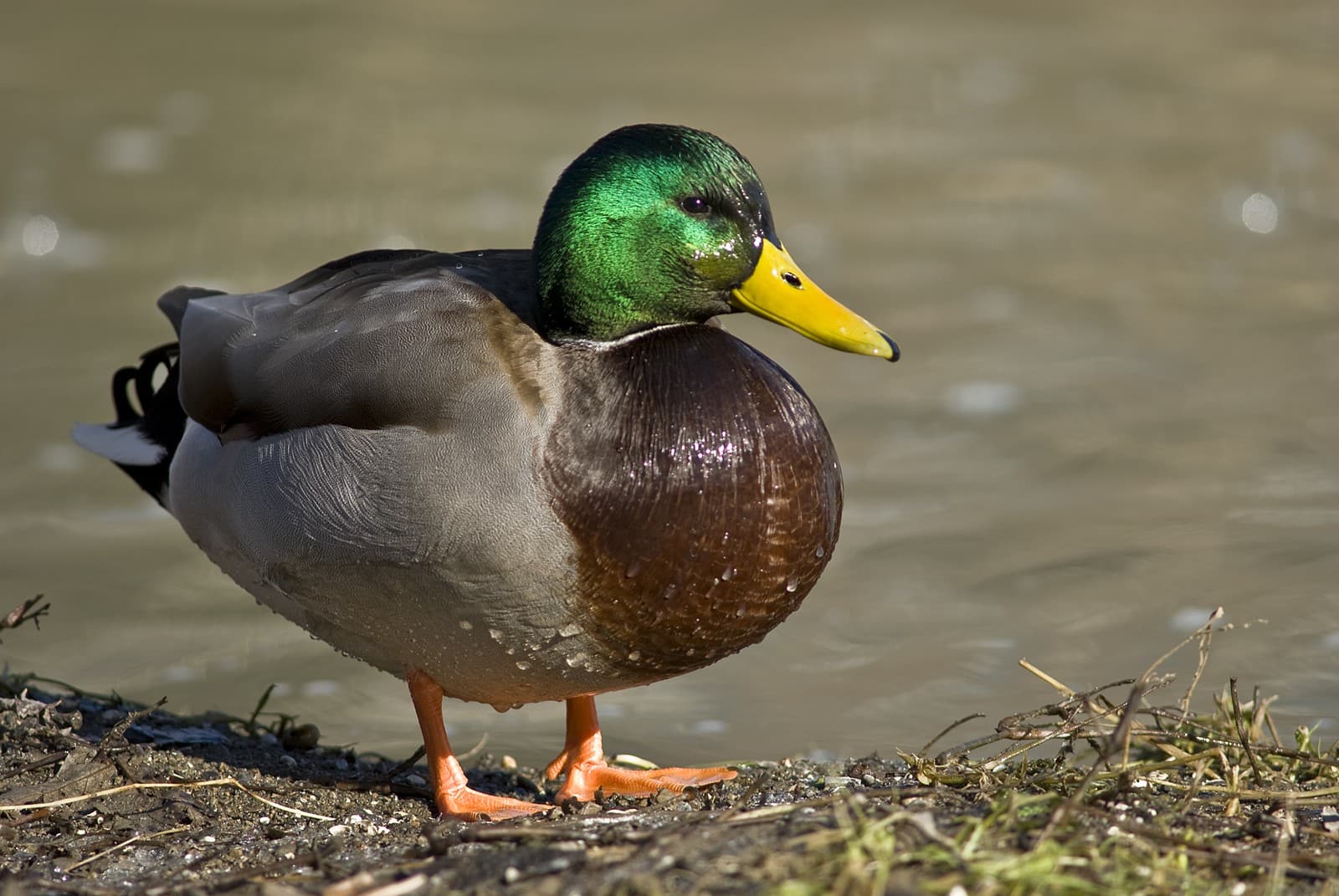Dwarf Hamster vs Syrian Hamster: A Complete Comparison
When comparing Dwarf Hamster vs Syrian Hamster species, size stands out as the most obvious difference. Syrian hamsters measure 5-7 inches (13-18 cm) in length, while Dwarf varieties typically reach only 2-4 inches (5-10 cm). This significant size variation influences everything from housing requirements to handling techniques.
Beyond size, these popular pocket pets differ remarkably in their social needs and temperaments. Syrian hamsters are strictly solitary and must live alone, while some Dwarf species can thrive in same-sex pairs when introduced young. Understanding these distinctions is crucial for providing proper care and ensuring your hamster’s wellbeing.
Visual Comparison
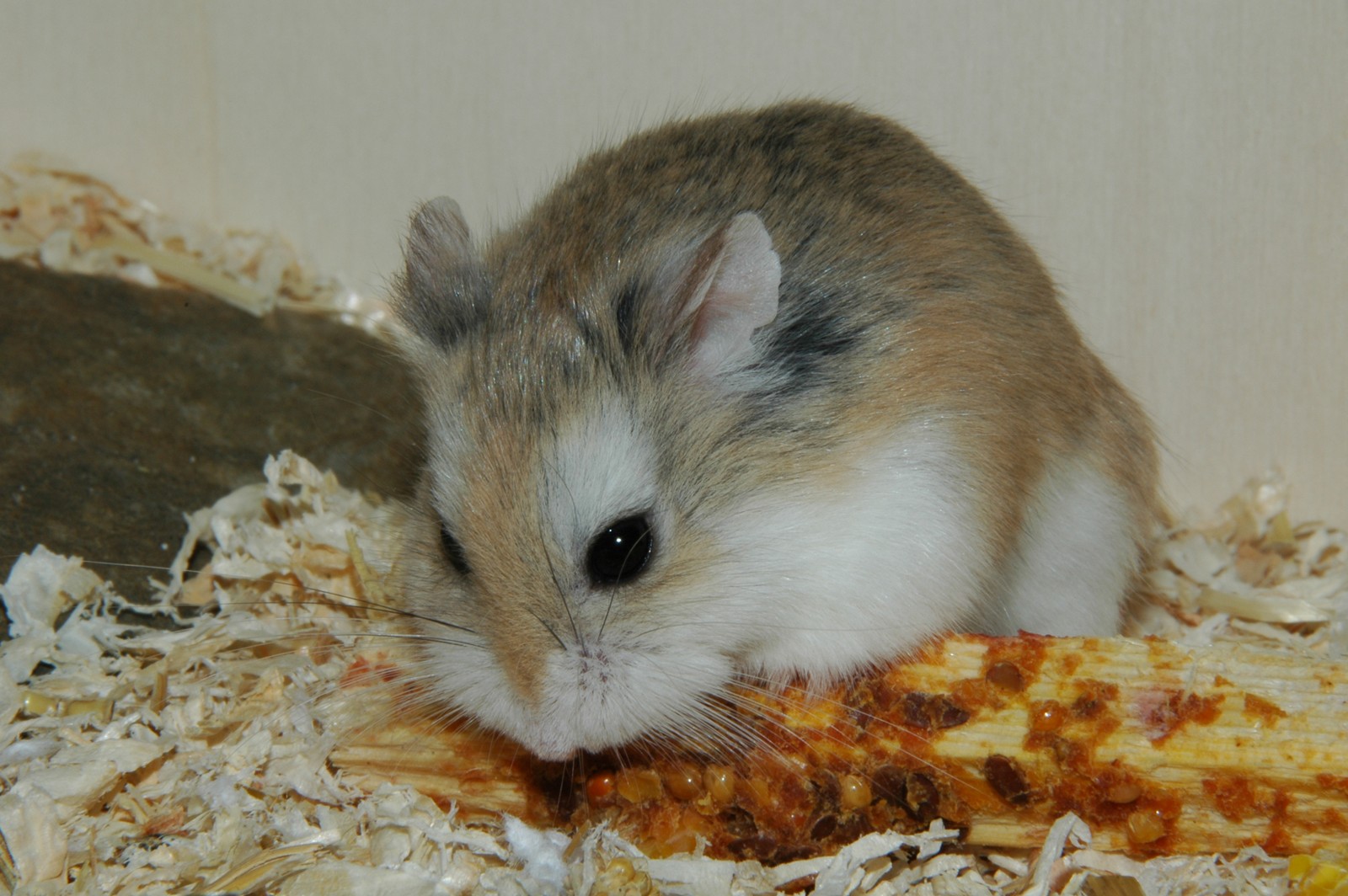
© Bullet / CC BY-SA 3.0
The Roborovski Dwarf Hamster showcases the compact size and distinctive markings characteristic of dwarf varieties. Note the smaller, more rounded body shape and proportionally sized features typical of dwarf breeds.
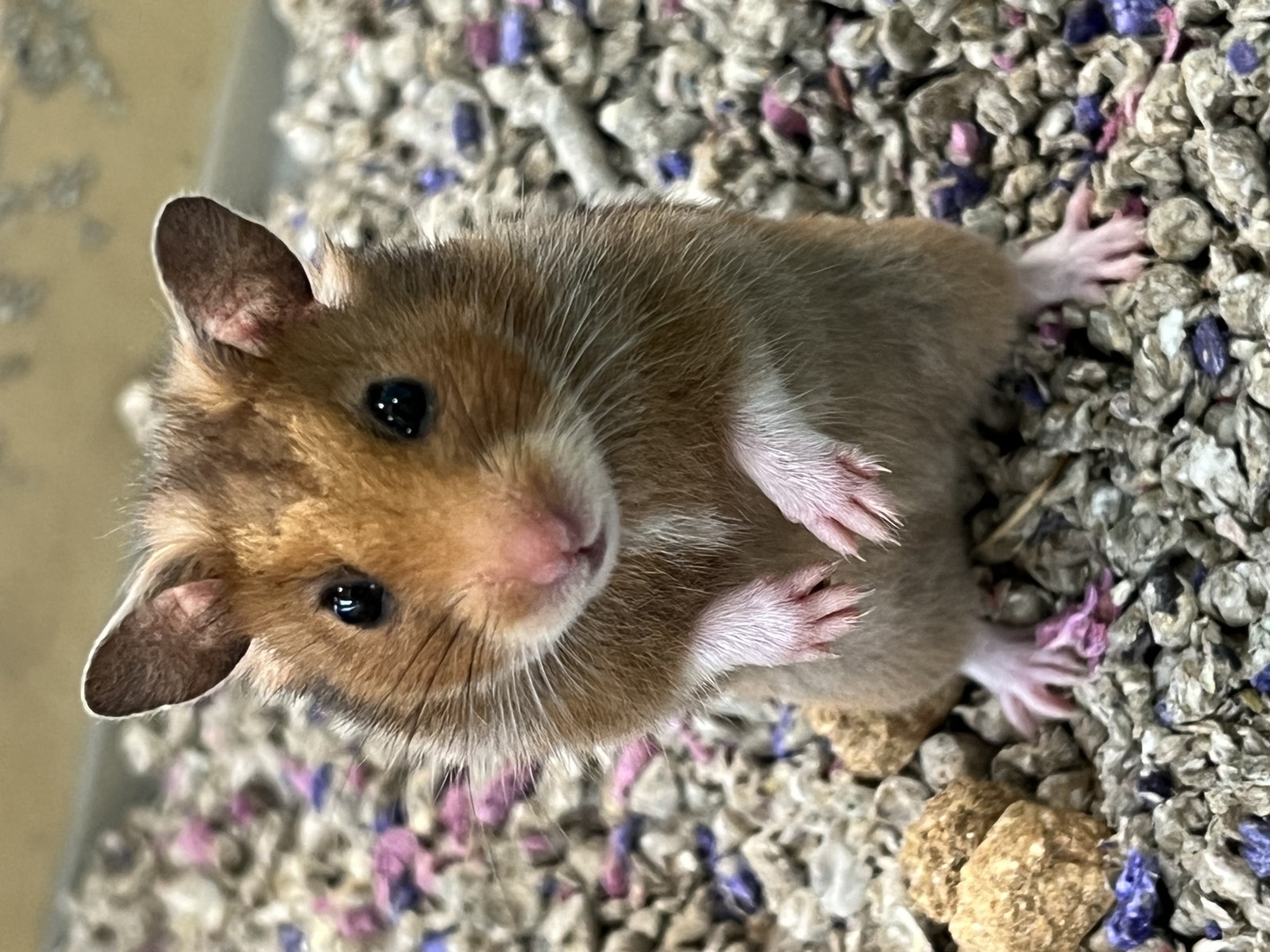
© Wschlitz / CC BY 4.0
The Syrian Hamster exhibits the larger size and robust build characteristic of the species. Notice the fuller cheek pouches and more substantial body mass compared to dwarf varieties.
Key Differences: Dwarf Hamster vs Syrian Hamster
| Feature | Dwarf Hamster | Syrian Hamster |
|---|---|---|
| Size | 2-4 inches (5-10 cm) | 5-7 inches (13-18 cm) |
| Weight | 0.75-1.5 oz (20-45g) | 4-7 oz (113-200g) |
| Lifespan | 1.5-2 years | 2-3 years |
| Cage Size | Minimum 450 sq inches | Minimum 600 sq inches |
| Temperament | Generally more active, can be skittish | Calmer, easier to handle |
| Social Needs | Some species can live in pairs | Strictly solitary |
Housing Requirements
Syrian hamsters require significantly larger habitats due to their size, needing a minimum of 600 square inches of floor space. Their larger wheel requirements (at least 8 inches/20 cm diameter) also impact cage setup. Dwarf hamsters can thrive in slightly smaller enclosures of 450 square inches, with wheels measuring 6.5 inches (16.5 cm) or larger.
Temperament and Handling
Syrian hamsters typically develop into calmer, more handleable pets, making them ideal for beginners. Their larger size makes them easier to hold and less likely to escape. Dwarf hamsters, while equally charming, tend to be more energetic and require more patience during taming. Their smaller size demands gentler handling and closer supervision.
Care Differences
Diet Requirements
Both species require similar diets, but portion sizes differ significantly:
- Dwarf Hamsters: 1-2 teaspoons of food daily
- Syrian Hamsters: 2-3 tablespoons of food daily
Exercise Needs
- Dwarf Hamsters: More active, require multiple activity sessions
- Syrian Hamsters: Longer but fewer activity periods, typically more nocturnal
Health Considerations
Syrian hamsters generally have longer lifespans and fewer genetic health issues. Dwarf varieties, particularly Russian Campbell’s and Winter White hybrids, can be prone to diabetes. Regular health monitoring is essential for both species, with particular attention to:
- Dental health
- Weight management
- Tumor development (more common in Syrian hamsters)
- Diabetes risk (higher in Dwarf varieties)
Cost Comparison
Initial setup costs vary between species:
- Dwarf Hamster Setup: $100-150
- Syrian Hamster Setup: $150-200
The price difference primarily stems from larger habitat requirements for Syrian hamsters, including:
- Bigger cages
- Larger exercise wheels
- More bedding material
Making Your Choice
Consider these factors when choosing between a Dwarf Hamster vs Syrian Hamster:
-
Experience Level
- Beginners: Syrian hamsters
- Experienced: Either species
-
Available Space
- Limited space: Dwarf hamsters
- Larger area: Syrian hamsters
-
Handling Preferences
- Gentle handling: Syrian hamsters
- Observational pet: Dwarf hamsters
-
Time Commitment
- Both require similar daily care
- Dwarf hamsters need more frequent interaction
Remember that individual personality variations exist within both species, and proper care and attention will result in a rewarding pet experience regardless of your choice.

